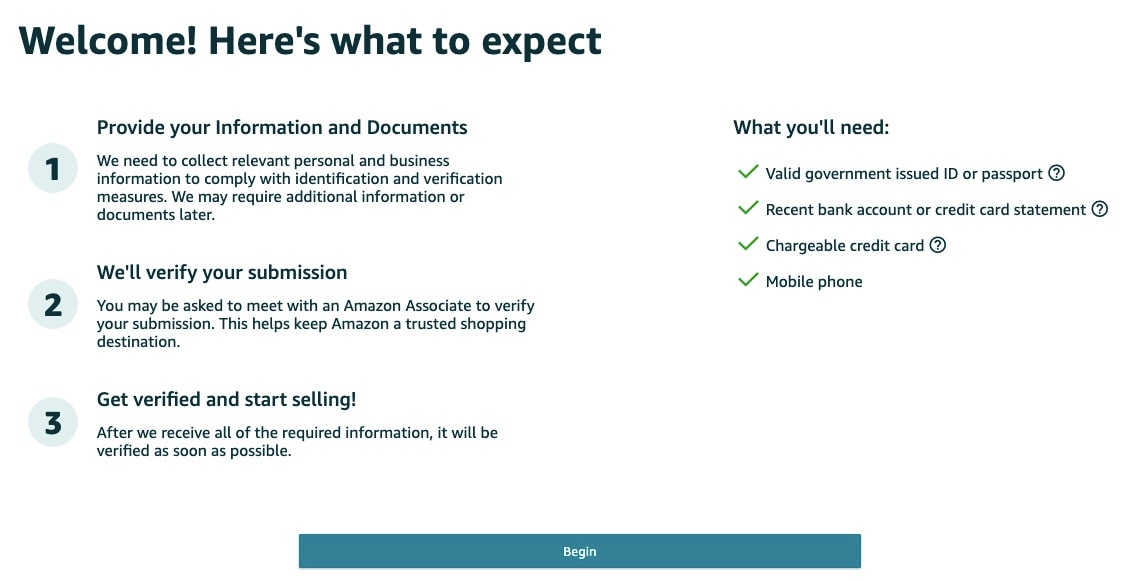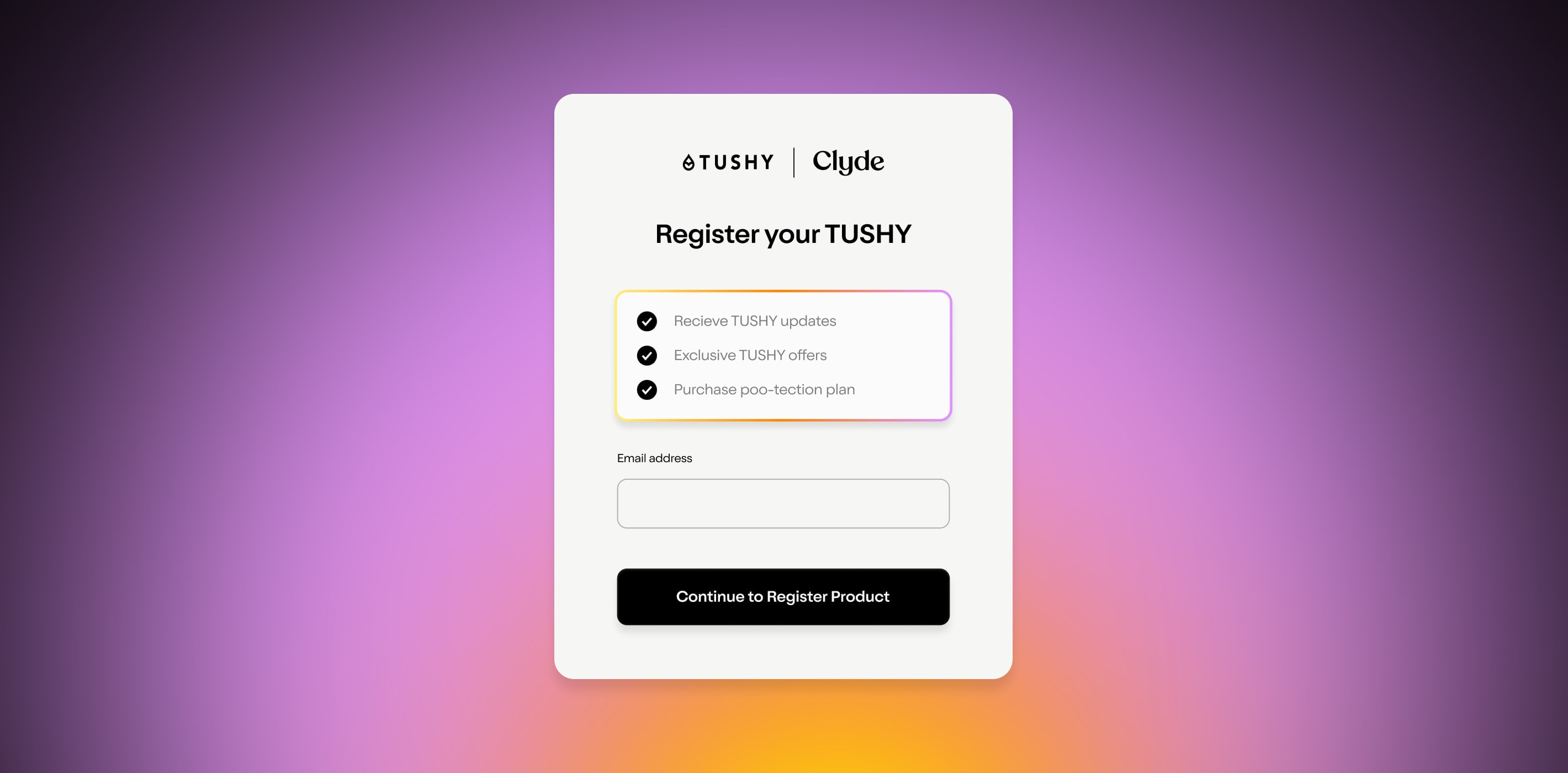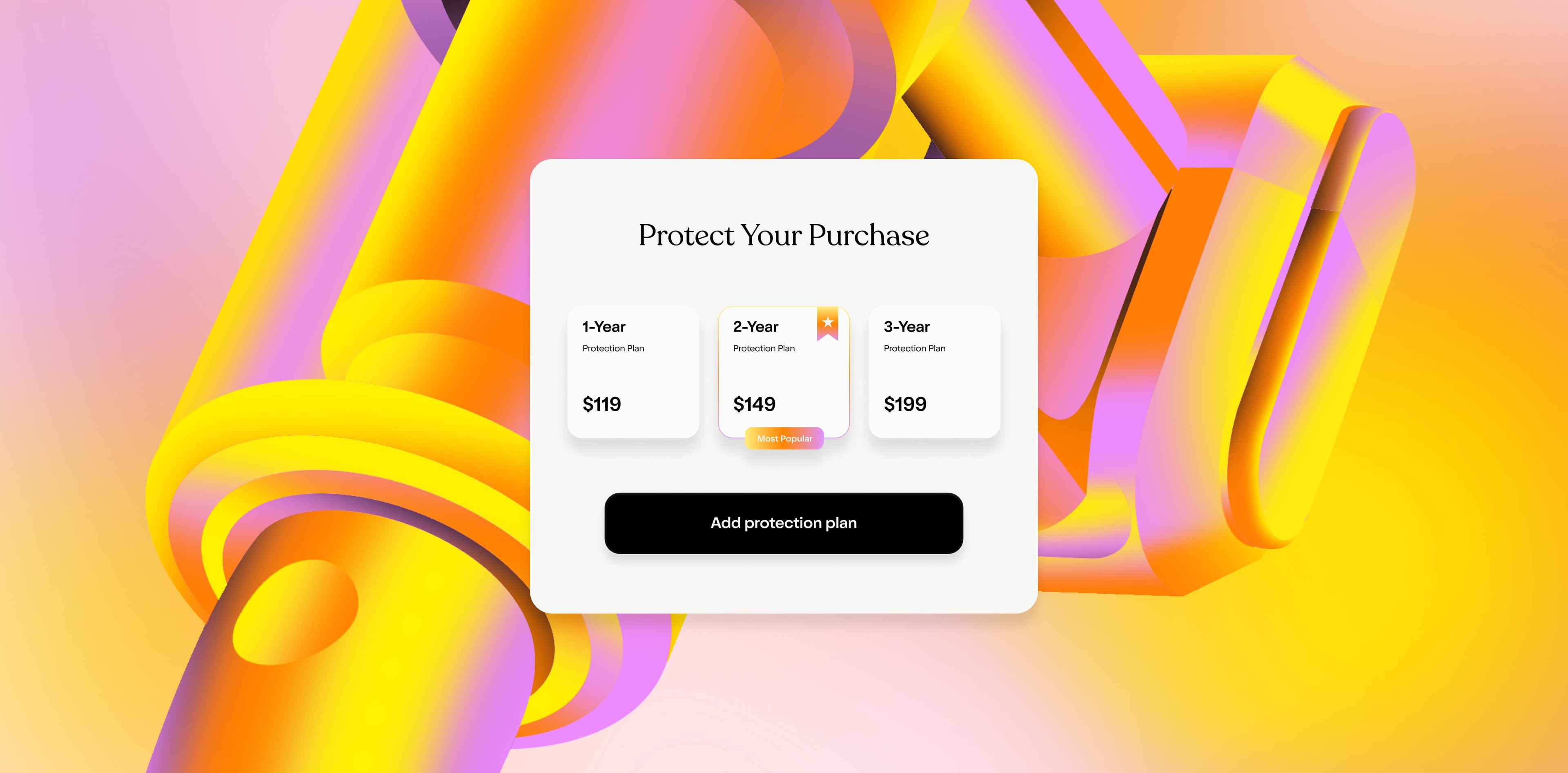The Best of Both Worlds - How to Make the Most of Selling on Third-Party Channels
It’s not hard to set up shop on the internet.
But it is hard to make sure your ideal customers can find you, trust you, and pay you.
And in 2022, if you’re a retailer who isn’t making your goods available for purchase online, you’re missing out. Each year, consumers spend $4.9 trillion on retail ecommerce.
That’s trillion, with a T. Even the teeny, tiniest sliver of that pie is…a lot of money.
Maybe you’re thinking about dedicating your resources to creating the world’s next greatest online store. Or maybe setting up an Amazon storefront sounds like the best path to ecomm sales growth for you.
The thing is, you don’t have to choose.
The best sales strategies include multiple channels. They need to, because they need to find their ideal customers — and those customers are hanging out in different places.
HBR found that omnichannel retailers, or retailers who sell via multiple touchpoints, including smartphone apps, online stores, and in-person venues, sell more. Their omnichannel customers spend 10% more than single-channel customers.
Here, we explore how to think about where you should sell your products — and how you can make the most of third-party channels while ensuring a consistent customer experience along the way.
What’s a sales channel?
First things first, let’s get some semantics out of the way.
A sales channel is a way of selling to your customers.
Direct sales channels include:
Retail stores
Your own online store
Your own mobile app
Indirect sales channels include:
Online marketplaces
Big box stores
What is a third-party channel?
Online marketplaces are perhaps ecomm’s best-known third-party channel.
From Etsy to eBay and Alibaba to Amazon, they’re ecommerce sites that connect retailers with customers.
(And a note: platforms like Shopify, BigCommerce, and Magento aren’t third-party channels or marketplaces — they are the software applications that power ecommerce sites, including some marketplaces.)
Amazon, which is the most popular ecomm marketplace by traffic, has a market cap of $1.7 billion.
The marketplaces are third-party channels because they themselves are neither the producers nor the buyers of the products they display on their sites — they are outside of the buy-sell transaction. As third parties, they just provide a space, not unlike the ancient Greek agora , for people to gather, browse products, and make purchases.
And they spend gobs of money and developer hours to create intuitive, enjoyable shopping experiences so that people come back to their digital agora over and over again. Etsy, for instance, spent $272 million on research and development in 2021 — up 51% from 2020, after unprecedented growth during the pandemic.
Ecomm sites are great for consumers because they gather a ton of purchase options all in one place and provide a reliable level of service. If a consumer is looking for a speaker on Amazon, for instance, they know they’re going to find dozens of options, hundreds of customer reviews, free two-day shipping, and their favorite payment options.
They can be great for retailers, too, offering small- and medium-sized businesses access to built-in audiences of buyers looking for exactly what they’re selling.
But there’s no such thing as a free lunch.
Though selling on third-party channels means gaining sales volume and exposure, it also means losing out on margin and customer data.
Ecomm’s most popular third-party channels
By traffic , the most popular third-party retailers in the U.S. include:
Amazon. The ecommerce giant is the largest marketplace in the U.S., and it comes with its own fulfillment program (Fulfillment by Amazon) so you don’t have to worry about dealing with delivery yourself. As of the end of 2021, 56% of all products sold on Amazon were sold by non-Amazon retailers.
eBay. It’s not just people cleaning out their basements and posting what they find. eBay’s Seller Hub gives retailers options for promotions, shipping, and analyzing sales data.
Walmart. You might hear Walmart and think big box store, but Walmart.com is up there with Amazon in terms of volume. (And in terms of perks, too; buyers can return products in Walmart stores , for instance.) Consumers already trust the brand — which means they might be more likely to buy your products if they see them there.
Etsy. What started as a homemade craft site is now a major player in the ecomm space, though it’s still mostly an app for small and medium businesses specializing in handmade or custom products. Etsy lets sellers create their own brand storefront, but takes care of payment, advertising, and other integrations.
Target. Over the last few decades, the Minneapolis-based retailer has expanded beyond its red-and-white stores and into the ecommerce space, ranking fifth on the list of the most-popular U.S. ecomm sites and seeing online sales surge 189% from 2019 to 2021.
Other important third-party channels include:
Google Shopping. While Google Shopping doesn’t directly sell to shoppers , it is an ad space (a sort of digital classifieds, if you will) that fulfills a marketplace function by collecting products relevant to a buyer’s search and displaying them at once.
International ecomm platforms. We’ve focused on U.S.-based platforms in this article, but there’s no shortage of international options, and if your product is both of interest to international buyers and able to be delivered to them, you should consider options like: Alibaba (China), JD.com (China), Pinduoduo (China), Rakuten (Japan), Flipkart (India), and MercadoLibre (Argentina and other parts of Latin America).
2 big pros and 3 important cons of third-party channels
Few things are entirely good or entirely terrible. Selling via third-party channels has both pros and cons:
2 pros of third-party channels
Expanded reach. A 2020 study found that 63% of buyers start searching for products on Amazon itself, completely bypassing Google. Before you can make a sale, you need your would-be customers to be able to find you — and selling on the shopping platforms they’re already using is a great way to help them do that. Being on marketplace sites exposes you to a bigger audience so you can reach higher sales volumes.
“Free” umbrella marketing. A 2016 HBR report on whether or not brands should sell on Amazon summarized its recommendation with one line: “Selling through Amazon is extremely tempting for a simple, logical reason: you don’t have to pay for digital marketing to drive traffic to Amazon. The volume is bigger than any marketer can dream.” The marketing isn’t entirely free — sellers are subsidizing it with the fees they pay to Amazon — but it certainly is powerful. And building on Amazon and other retailers’ brand awareness leaves you more time, creativity, and marketing dollars to come up with the ideal campaigns for your DTC business.
3 cons of third-party channels
Risk of cannibalizing sales from owned channels. If your customers can find your products on Amazon or Walmart’s ecommerce platforms, that might mean that less of them will buy from you directly. It’s not a given — as addressed in the pros section, many shoppers begin their buying journey on Amazon from the start, so net, you’ll probably gain more new customers via third parties than you’ll lose to them. But it is something to be aware of.
Loss of control over brand perception. This is the other side of the brand umbrella coin. Linking your brand to third-party retailers means a bigger audience — but it also means running the risk that your brand is tainted by something they do. For instance, a 2019 investigation found that Amazon was allowing unsafe items to be sold on its site (including 2,000 listings for toys and medications that lacked health risk warnings). A vitamin brand that sold on Amazon and did include the required health risk warnings might still see sales or perception suffer from being connected with the larger issue.
Lack of first-party data. We’ve talked before about how data is a vital source of insight for retailers . Knowing who your customers are, where they’re located, and what they’re interested in can feed into everything from new product development to customer service offerings. Perhaps one of the biggest cons of selling via third-parties is that you miss out on that rich, detailed customer data. For instance, if a retailer uses Amazon’s fulfillment option , they won’t know what a customer clicked on, how long they spent on a product page before making a decision, or who they are and where they want their purchases shipped to.
How can you evaluate third-party channels?
As a small or medium business, you don’t have unlimited resources to chase every last sales opportunity. So how do you identify the third-party sales channels that make the most sense for you and your goals?
Look at what each offers in terms of the following requirements or options:
Pricing
Let’s talk money first.
All marketplaces will cost you something. The question is: how much, and on what schedule?
Third-party vendors tend to use one or more of the following fee structures:
Monthly membership fees or subscriptions. These are fees that are charged every month, regardless of your sales numbers, for access to the platform and/or to specific seller perks (like the ability to have multiple user accounts or unique product customization tools). For instance, Etsy Plus costs $10/month and Amazon’s Professional plan costs $39.99/month.
Listing fees. These fees are charged every time a retailer lists a product for sale with a third-party seller, whether or not that item sells. For example, Etsy’s is $0.20.
Referral or transaction fees. These fees are charged when someone buys your item, usually calculated as a percentage of the sale price. Amazon’s is 8-15%, depending on the product category.
Depending on what kind of products you sell and what your total volume is, some marketplaces may take too much of your margin for it to make sense to sell there.
Onboarding, sign-up, and product integration
Before you can start selling with a given third-party retailer, you need them to agree to host your products. Each onboarding process is different, but usually requires you to provide the following information:
ID
Bank information
Phone number
Business filings, including tax ID
How you plan to integrate your product catalog to their marketplace (i.e. with a custom API, a bulk upload, or a SaaS provider that has this functionality)
What products you sell (some, including alcohol, weapons, tobacco, CBD, and other highly regulated products, might not be able to be sold)
Make sure you understand what steps are required of you and how quickly your information will be reviewed and verified. Walmart , for instance, says their application takes 15 minutes — but doesn’t promise that they’ll review applications in any set timeline. (In fact, they say , “Because of our curated nature, high standards, and requirements, not just any seller can earn a spot on Walmart.com.” Okay!)
Customer service
Selling on a platform requires work. You’ll need to integrate product information, fulfill orders, and — importantly — resolve any customer issues that come up. What kind of tools does your platform of choice offer to make this as easy as possible?
And importantly: what kind of experience does it provide for your end customers?
You want your customer experience to be consistently excellent, whether it’s for someone buying from your online store or from a third-party marketplace. Make sure that your chosen ecomm partners offer the same quality experiences for things like:
Shipping
Exchanges
Returns
FAQs
Chat bots or phone lines
How can you make third-party channels work for you?
A 2019 Harvard Business Review case study looks at an ebike vendor considering launching its new, middle-market product on Amazon to get B-school students to work through the same dilemma we’ve explored here: when does selling via a third party make sense, and when does it spell doom?
The characters in the case study are worried about handing over data about their product and customer base to Amazon and then being undercut by the very insights that data would provide.
Whether you sell ebikes or anything else, there is a two-step approach that can help you make the most of the opportunities afforded by third parties while avoiding the risks:
Establish your brand first.
“History shows that no strong direct-to-consumer brand has emerged by selling on Amazon,” claims the case study. A clear path to success via third party retailers would be if customers know your brand already and are just searching for it and buying it on a platform they’re comfortable with. So instead of launching new products on Amazon or with Target, for instance, consider putting your flagship products on those platforms to increase sales and drum up more interest in future releases.
Collect your own first-party data with add-on registration.
The buying experience isn’t complete when a buyer places an order on an ecomm site, whether yours or a third party’s. They need to receive the product, open it, and — if a retailer has been thoughtful about adding in registration options — register that product . By registering, they can unlock exclusive content, usage tips and tricks, and community access.
Clyde Registration gives retailers the best of both worlds: the exposure of selling through channel partners along with very-valuable customer contact information that lets retailers know more about customers, create more relevant and personalized marketing for them, and support them better in case something goes wrong.
It also gives retailers a chance to upsell customers an extended warranty during the product registration flow.
Registration takes some of the risk out of third-party selling while retaining even more of the reward: the best of both worlds.
SIGN UP FOR OUR NEWSLETTER



















